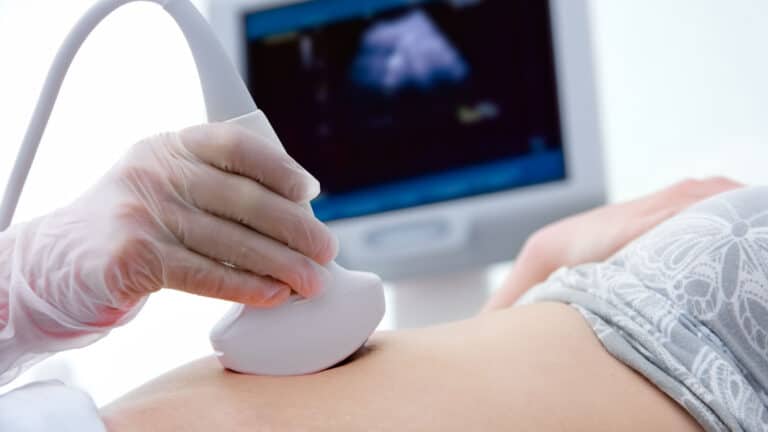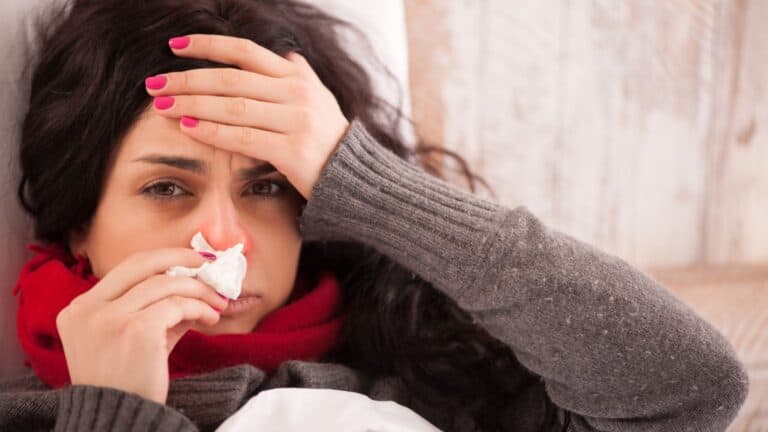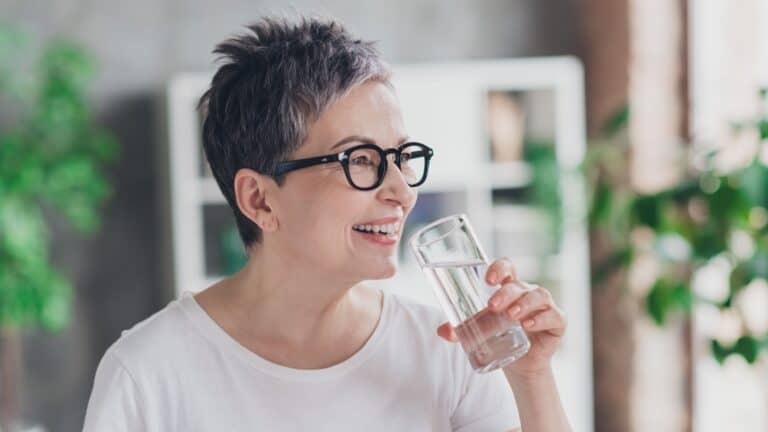From Stressed to Blessed: The Ultimate Guide to Mind-Blowing Massage Styles
Massage therapy offers a diverse array of techniques, each designed to address specific needs and preferences. From the gentle strokes of Swedish massage to the targeted pressure of deep tissue work, there’s a style to suit every individual seeking relaxation, pain relief, or improved wellness.
Swedish and Deep Tissue Massage
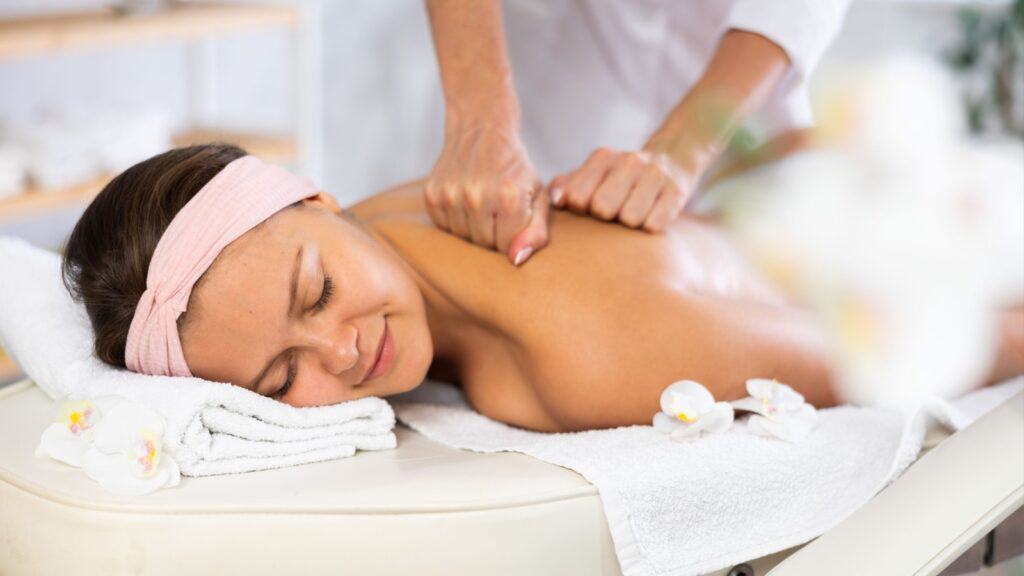
Swedish massage, known for its gentle, flowing strokes, is ideal for first-time recipients and those seeking relaxation. It helps relieve muscle tension, improve circulation, and ease stress. In contrast, deep tissue massage uses firm pressure and slow strokes to target chronic pain and tension in deeper muscle layers. This technique is particularly effective for addressing contracted areas like stiff necks, upper backs, and leg muscle tightness.
Hot Stone and Aromatherapy Massage
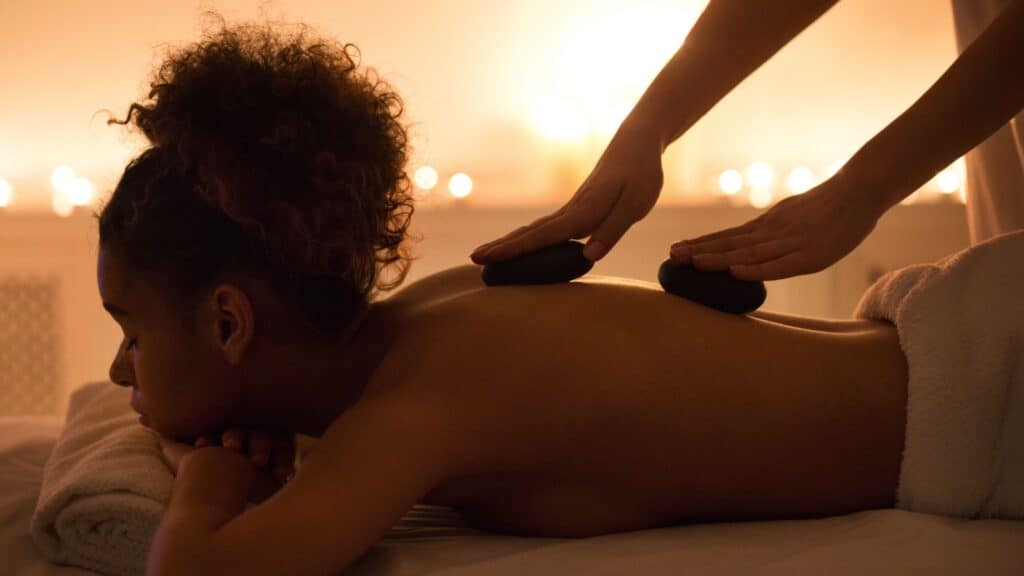
Combining warmth and traditional techniques, hot stone massage uses heated stones to ease muscle tension, improve blood flow, and promote relaxation. This luxurious treatment is perfect for those seeking deep relaxation and pain relief. Aromatherapy massage, on the other hand, engages the senses by incorporating essential oils into soft, gentle pressure techniques. This holistic approach can boost mood, reduce stress and anxiety, and even improve sleep quality. Both styles offer unique benefits, with hot stone massage focusing on physical relief through heat therapy, while aromatherapy targets emotional well-being through scent and touch.
Prenatal Massage

Tailored for expectant mothers, prenatal massage alleviates pregnancy-related discomfort, reducing back and joint pain, decreasing swelling, and lowering stress and anxiety.
Thai and Sports Massage

Combining acupressure, Indian Ayurvedic principles, and assisted yoga postures, Thai massage offers a unique approach to bodywork. This active form of massage improves flexibility, reduces muscle tension, and enhances energy levels. Sports massage, designed for athletes and active individuals, focuses on preventing injuries, improving flexibility, and enhancing athletic performance. It can be particularly beneficial before and after intense physical activity, helping to reduce recovery time and maintain peak physical condition.
Lomi Lomi Massage: Hawaiian Healing Tradition

Lomi Lomi massage, a traditional Hawaiian healing practice, offers a unique and deeply relaxing experience. This technique uses long, flowing strokes with the hands, forearms, and elbows to promote physical and spiritual well-being. Rooted in ancient Polynesian traditions, Lomi Lomi is often referred to as the “loving hands” massage, reflecting its nurturing approach. Practitioners work intuitively, combining massage techniques with elements of prayer, breathing, and sometimes dance to restore energy and soothe the body. The massage typically involves the use of oils, such as macadamia or coconut, to facilitate smooth, continuous movements that mimic ocean waves. Beyond physical benefits like improved circulation and flexibility, Lomi Lomi aims to release emotional blockages and promote a sense of harmony, making it a holistic treatment for body, mind, and spirit.
Craniosacral Therapy: Gentle Touch for the Nervous System

Craniosacral therapy (CST) is a gentle, non-invasive form of bodywork that focuses on the craniosacral system, which includes the membranes and fluid surrounding the brain and spinal cord. Developed in the 1970s by osteopathic physician John Upledger, CST uses extremely light touch—typically no more than 5 grams of pressure—to manipulate the synarthrodial joints of the cranium. This subtle manipulation is believed to release restrictions in the craniosacral system and improve the functioning of the central nervous system. Proponents claim CST can alleviate a wide range of conditions, including migraines, neck and back pain, anxiety, and fibromyalgia. While more research is needed to conclusively prove its effectiveness, some studies have shown promising results for pain relief and improved quality of life in patients with certain conditions. CST is generally considered safe for most people, though it’s not recommended for those with severe bleeding disorders, acute aneurysms, or recent traumatic head injuries.
Shiatsu: Japanese Pressure Therapy
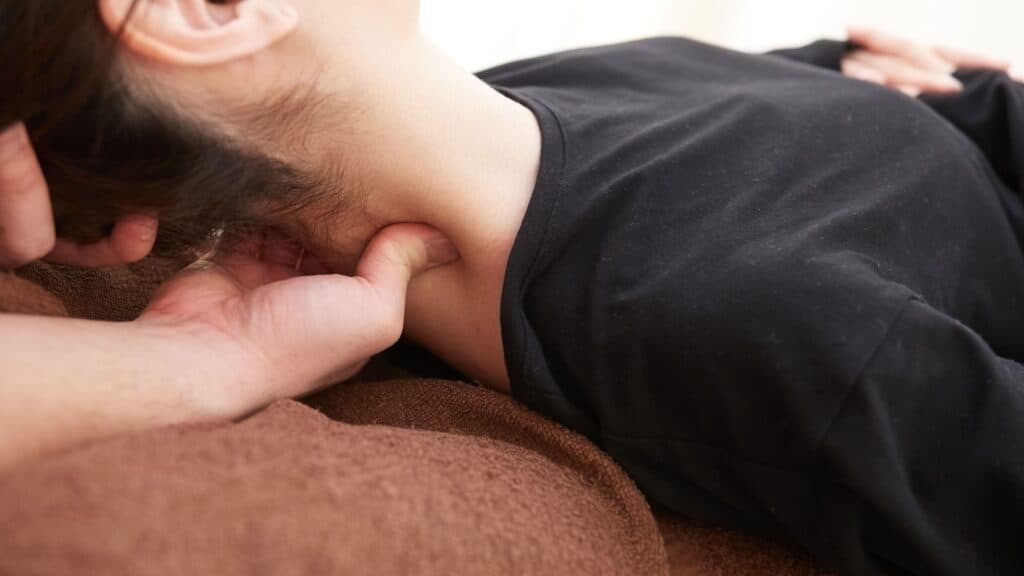
Shiatsu massage is a Japanese bodywork technique that combines elements of traditional Chinese medicine with modern Western therapies. It involves applying pressure with fingers, thumbs, palms, and sometimes elbows or feet to specific points on the body, known as acupressure points or meridians. Shiatsu aims to balance the flow of qi (vital energy) throughout the body, promoting overall wellness and addressing various health concerns. Benefits of shiatsu may include reduced stress and muscle tension, improved circulation, enhanced flexibility, and relief from conditions such as headaches, back pain, and digestive issues. Unlike some other massage styles, shiatsu is typically performed through clothing and does not use oils or lotions. While scientific evidence for some of its claimed benefits is limited, many people find shiatsu to be a relaxing and rejuvenating experience that contributes to their overall well-being.
Reflexology
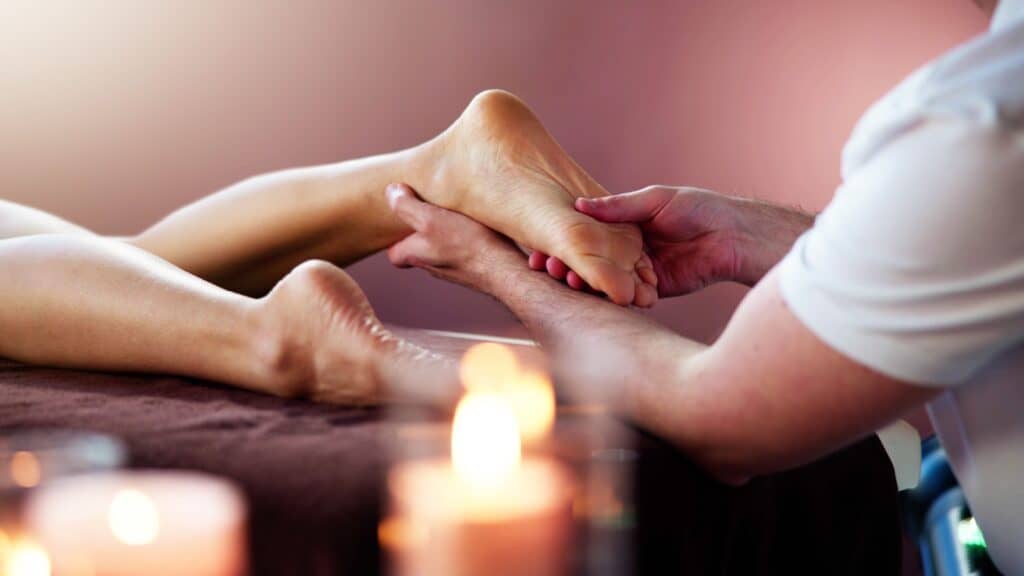
Reflexology is a complementary therapy that applies pressure to specific points on the feet, hands, and ears, believed to correspond to different organs and systems in the body. This technique is based on the theory that these reflex points are connected to particular body parts and that stimulating them can promote healing and relaxation. Practitioners use various methods, including thumb and finger pressure, to target these areas. While scientific evidence for its effectiveness is limited, many people report benefits such as reduced stress, improved relaxation, and better sleep. Reflexology may also help alleviate symptoms associated with certain health conditions, including anxiety, headaches, and digestive issues. However, it’s important to note that reflexology should not be used as a replacement for medical treatment but rather as a complementary therapy to support overall well-being.
Chair Massage

Chair massage is a convenient and effective form of bodywork performed while the client remains fully clothed and seated in a specially designed chair. This technique focuses on the neck, shoulders, back, arms, and hands – areas commonly affected by office work and prolonged sitting. Chair massage offers numerous benefits, including reduced muscle tension, decreased stress levels, improved circulation, and enhanced productivity. A typical session lasts 10-30 minutes, making it an ideal option for those with busy schedules or limited time. The accessibility and time-efficiency of chair massage make it popular in various settings, including offices, airports, and public events. Regular chair massage sessions can lead to long-term benefits such as better posture, increased flexibility, and a strengthened immune system. For employers, offering chair massage as a workplace perk can boost employee morale, reduce absenteeism, and demonstrate a commitment to staff well-being.
Zero Balancing Fundamentals

Zero Balancing (ZB) is a unique form of bodywork that integrates Eastern concepts of energy with Western approaches to physical structure. Developed in the 1970s by Dr. Fritz Frederick Smith, an osteopath and acupuncturist, ZB aims to balance both the energy and structure of the body simultaneously. During a session, which typically lasts 30-45 minutes, clients remain fully clothed while practitioners use gentle finger pressure and traction on bones and joints to create “fulcrums” around which the body can relax and reorganize. This technique is believed to address the deepest currents of energy within the skeleton, potentially affecting physical, mental, and emotional well-being. While scientific evidence for its efficacy is limited, proponents claim ZB can help with stress relief, pain reduction, and improved overall balance. However, it’s important to note that Zero Balancing is considered a complementary therapy and should not replace conventional medical treatments.
Neurosomatic Therapy Fundamentals

Neurosomatic Therapy (NST) is an integrative approach to manual therapy that addresses chronic pain and musculoskeletal issues by focusing on the intricate relationship between the body’s structure, nervous system, and soft tissues. NST practitioners use a comprehensive postural assessment to identify imbalances and develop personalized treatment plans. The therapy is based on Wolff’s law, which states that “form follows function and function follows form,” emphasizing the connection between body structure and physiological function. NST combines techniques from massage therapy, posturology, and corrective exercise to target the root causes of pain rather than just treating symptoms. Treatment may involve focused manual therapy on specific muscle groups, joint mobilizations, and work on often overlooked areas such as facial muscles and organs. While scientific evidence for NST’s effectiveness is limited, many patients report significant pain relief and improved mobility, often after just a few sessions.
Reiki Energy Healing

Reiki is a Japanese energy healing technique that promotes relaxation and stress reduction through gentle touch or hands hovering over the body. Practitioners believe they can channel universal life force energy to facilitate healing and balance. During a typical 60-90 minute session, the client lies fully clothed while the practitioner places their hands lightly on or just above specific areas of the body. While scientific evidence is limited, some studies suggest Reiki may help reduce anxiety, pain, and depression. The practice involves no religious components, though it encourages living by ethical ideals to promote harmony. Reiki is considered a complementary therapy to be used alongside, not in place of, conventional medical treatments. Those interested in trying Reiki should consult their doctor and seek a trained, experienced practitioner.
Massage for Every Need

Massage therapy offers a diverse array of techniques to address various physical and mental health needs. From the relaxing strokes of Swedish massage to the targeted pressure of deep tissue work, each style provides unique benefits. Hot stone and aromatherapy massages offer sensory experiences that promote deep relaxation, while specialized techniques like prenatal massage and reflexology cater to specific health concerns.
As with any health intervention, it’s important to consult with a healthcare provider and choose a qualified practitioner to ensure safe and effective treatment tailored to individual needs.
The One Post-Sex Habit Every Woman Should Know for Better Health!
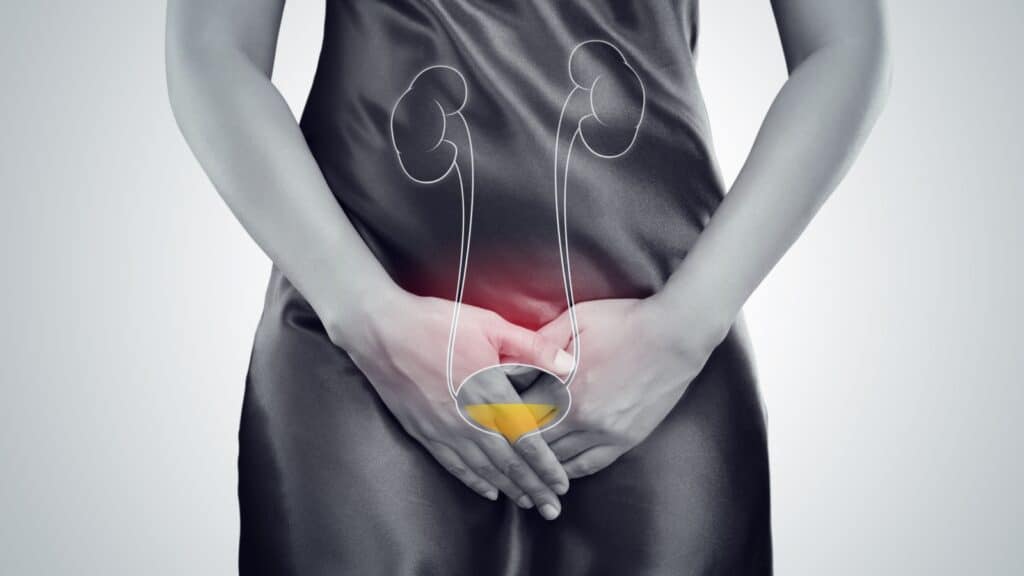
Sexual health is an important aspect of overall well-being and understanding the practices that can help maintain it is crucial. One such practice is urinating after sexual intercourse. While it may seem like a small step, peeing after sex can have significant health benefits, particularly for women.
READ: The One Post-Sex Habit Every Woman Should Know for Better Health!
Science Tells Us What To Expect As We Age: Strategies For Thriving In Later Life
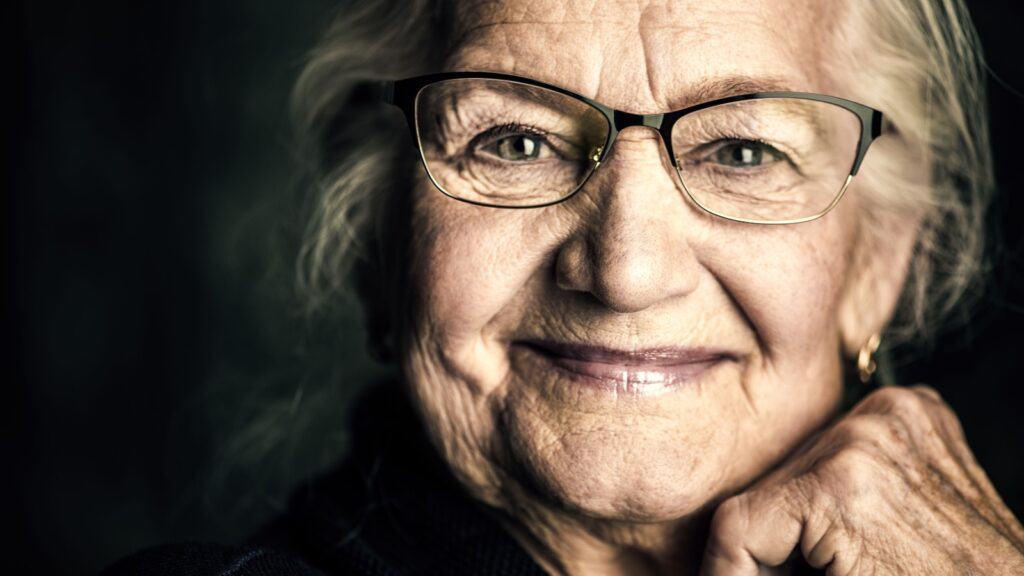
How does aging affect our bodies and minds, and how can we adapt to those differences? These are questions that pertain to us all. Aging gradually alters people over decades, a long period shaped by individuals’ economic and social circumstances, their behaviors, their neighborhoods, and other factors. Also, while people experience common physiological issues in later life, they don’t follow a well-charted, developmentally predetermined path. Let’s take a look at what science has told us to expect. Read: Science Tells Us What To Expect As We Age: Strategies For Thriving In Later Life
3 Simple Somatic Movements You Can Do To Calm Your Nervous System
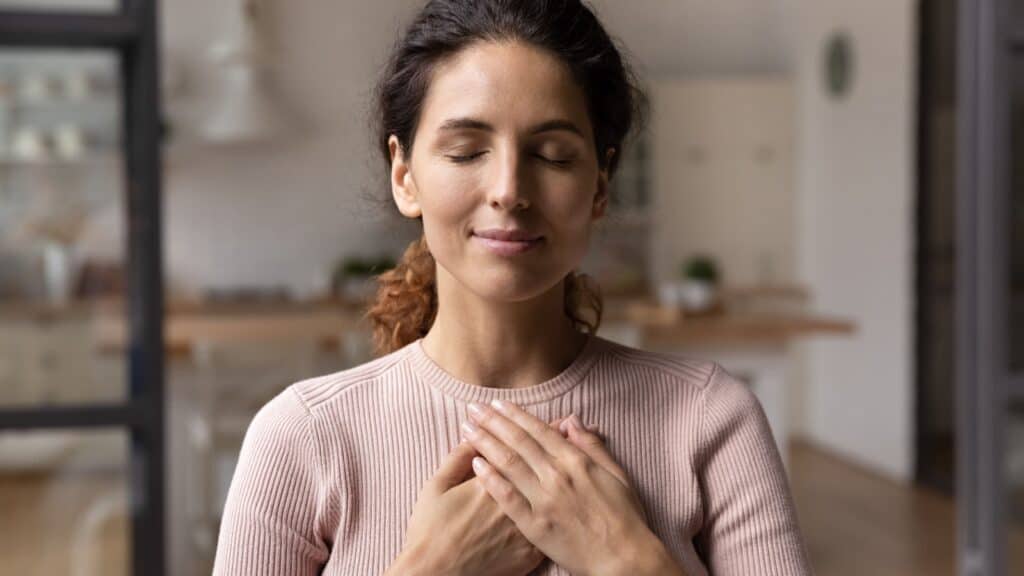
Daily life can be unnerving. And it’s easy to go from calm to anxious or nervous in a flash. What’s harder is to go from anxious or nervous to calm.These simple movements that I am going to share here have been found to successfully move an individual from a state of anxious nervousness to a state of calm. Read: 3 Simple Somatic Movements You Can Do To Calm Your Nervous System
Join Us

Join us on this empowering journey as we explore, celebrate, and elevate “her story.” The Queen Zone is not just a platform; it’s a community where women from all walks of life can come together, share their experiences, and inspire one another. Welcome to a space where the female experience takes center stage. Sign up for our newsletter so you don’t miss a thing, Queen!


